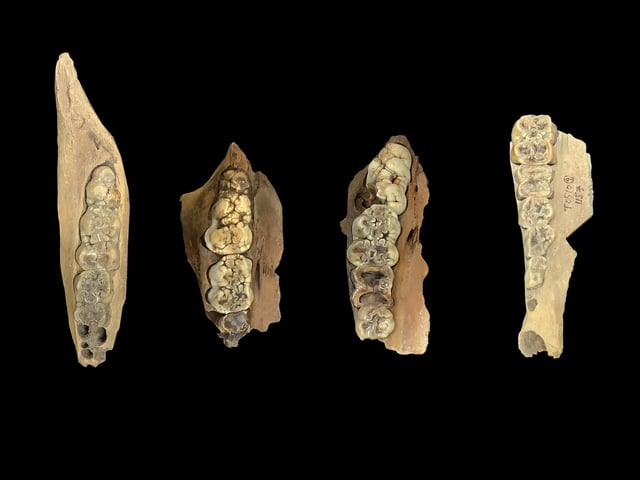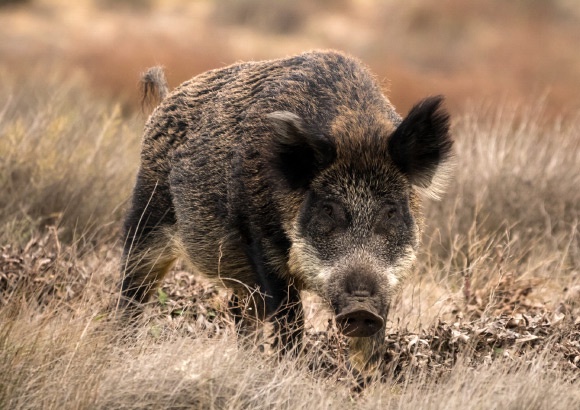Overview
- Researchers examined mineralized dental calculus from molars of 32 pigs at Jingtoushan and Kuahuqiao in the Lower Yangtze River region.
- Microfossil analysis identified 240 starch granules showing pigs consumed cooked human staples such as rice, yams, acorns and wild grasses.
- Whipworm parasite eggs found in plaque indicate pigs ingested human waste or contaminated water, underscoring early zoonotic risks in sedentary settlements.
- Behavioral shifts toward lower aggression and waste scavenging likely initiated the commensal pathway that led boars to become domestic pigs.
- Statistical comparison of dental structures reveals some Neolithic specimens had smaller teeth resembling those of modern domestic pigs in China.

